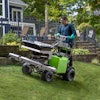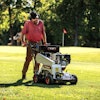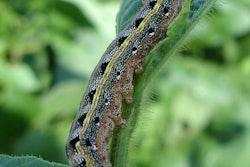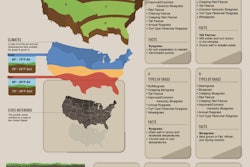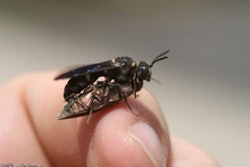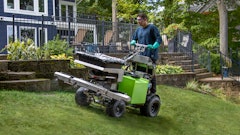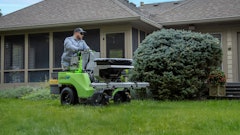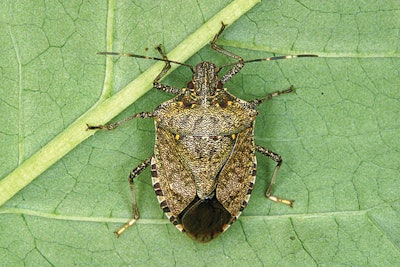
Recently a common problem in the Northeastern and Midwestern U.S., the brown marmorated stink bug often infests homes and buildings in the late summer and early fall. When threatened by predators—or squished by humans—they excrete an offensive-smelling liquid, sometimes compared to the smell of dirty feet.
Though they don’t cause damage to structures, stink bugs feed on fruits, ornamental plants and agricultural crops. In 2010, they caused an estimated $37 million in agricultural losses in the Mid-Atlantic Region, according to the U.S. Apple Association.
Readily recognized by their shield-shaped body and mottled brownish-gray color, stink bugs enter buildings to avoid the onset of cooler temperatures. There, they go into hibernation, generally hiding out under siding, around windows and doorframes.
The best offense against stink bugs is a good defense:
- Caulk cracks around windows, doors, siding, utility pipes and chimneys.
- Replace damaged screens and windows.
- Vacuum dead bugs, but remember to remove the vacuum bag as it can take on the odor of the bug.
An early fall treatment with a residual insecticide will help prevent stink bugs from entering your customers’ homes. Talstar Professional insecticide, a brand long-trusted by lawn care professionals, recently received EPA-approval for use on stink bugs. Applied as a perimeter trea

